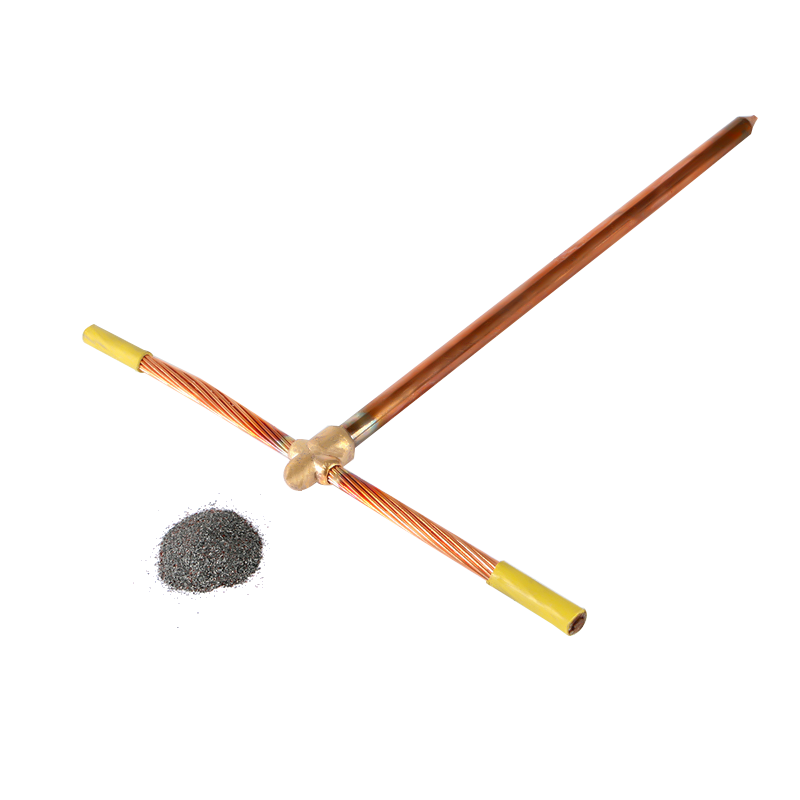
Exothermic Welding Powder for Grounding and Bonding
Exothermic welding powder is a special type of metal welding powder that can be used to make permanent electrical connections. It is often used to join copper conductors, but it can also be used for joining other types of metal conductors. It can be safely ignited with a flint spark, and can be used for many different applications.
Exothermically Welded Connections for Grounding & Bonding
Engineers depend on grounding and bonding connections for their projects, but these can sometimes become weaker over time, especially when there are high current faults or corrosive conditions. Using exothermic welding connections reduces the risk of these failures, and provides an extra level of safety for workers.
The process of exothermic welding involves the heating of a mixture of materials that include reducing metal powder and iron oxide, or metal oxide. The heat of the reaction releases a large amount of energy, making this a very efficient way to join components together.
Usually, the process begins when the metal parts being joined are fitted together in a mold which contains the reducing metal powder and the other material being heated. This mold can be made of graphite, ceramic or other appropriate material.
Once the reducing metal powder and the other materials are heating, a reaction takes place that produces filler metal in liquid form which mixes with melted metal from the parts being joined to form a bond shaped by the mold.
This is an effective and inexpensive way of making high quality connections, including large and small connections. It can be used to join metals such as stainless steel, cast iron, common steel, brass and bronze, and Monel.
The equipment required for exothermic welding is different than typical arc welding set ups. It includes a mold, refractory sealant to close seams in the mold, reducing metal powder, metal oxide (oxidizing agent), preheating gas torch and tanks, clamps or holders, separator and an ignition source.
In addition, it must be kept dry before the welding process starts to prevent hydrogen pickup and gas-induced porosity in the exothermic welding powder mixture. This can be a challenge, particularly when the exothermic welding powder is being used in an underwater environment.
To create a strong bond in the exothermic welding powder, it must be ignited with a flint lighter spark and be able to reach very high temperatures. This heat source can be provided by a flame or by a powdered magnesium metal.
During the process, the reducing metal powder and the other materials can heat up to 2400 degrees Celsius. This is the same temperature that can be achieved by using a propane or natural gas torch, and it is also the same temperature that can be achieved when an electric current is applied to the metals being welded.
This is an effective and inexpensive way of making the permanent connections needed for a wide variety of engineering projects. The equipment required is lightweight, portable and does not require outside power. It also ensures that the resulting connection will be a strong, high-conductivity bond that will not loosen over time, or corrode. It can be used to join metals in a wide variety of industrial and commercial environments.


Exothermic Welding Powder Is A Simple, High-Efficiency, High-Quality Metal Joining Process That Utilizes The Chemical Reaction Heat Of A Metal Compound As A Heat Source, Through Superheated (Reduced) Molten Metal, Directly Or Indirectly Heated, In A Special Graphite Mold A Welded Joint With A Certain Shape And Size In Accordance With Engineering Requirements Is Formed In The Welding Chamber. At Present, Exothermic Welding Has Generally Replaced The Mechanical And Physical Connection Methods Between Metals In The Past. Many International Standards Recommend The Use Of Exothermic Welding Processes In Grounding Systems, Such As IEEE, IEC, NEC, ASME, Etc.

 English
English 简体中文
简体中文











